The city of Cusco was called the centre (or bellybutton) of the world by the Incas.










Cusco was designed in the shape of a puma, with the head at the temple complex of Saqsaywaman (better known among tourists as “Sexy Woman”).









Although the golden era of the Incas empire lasted just over 100 years, their traces are all around Peru and surrounding countries. Locals still speak the Incas language, Quechua, at home and only learn Spanish at school. They also proudly wear the traditional clothes and practice the ancient dances.
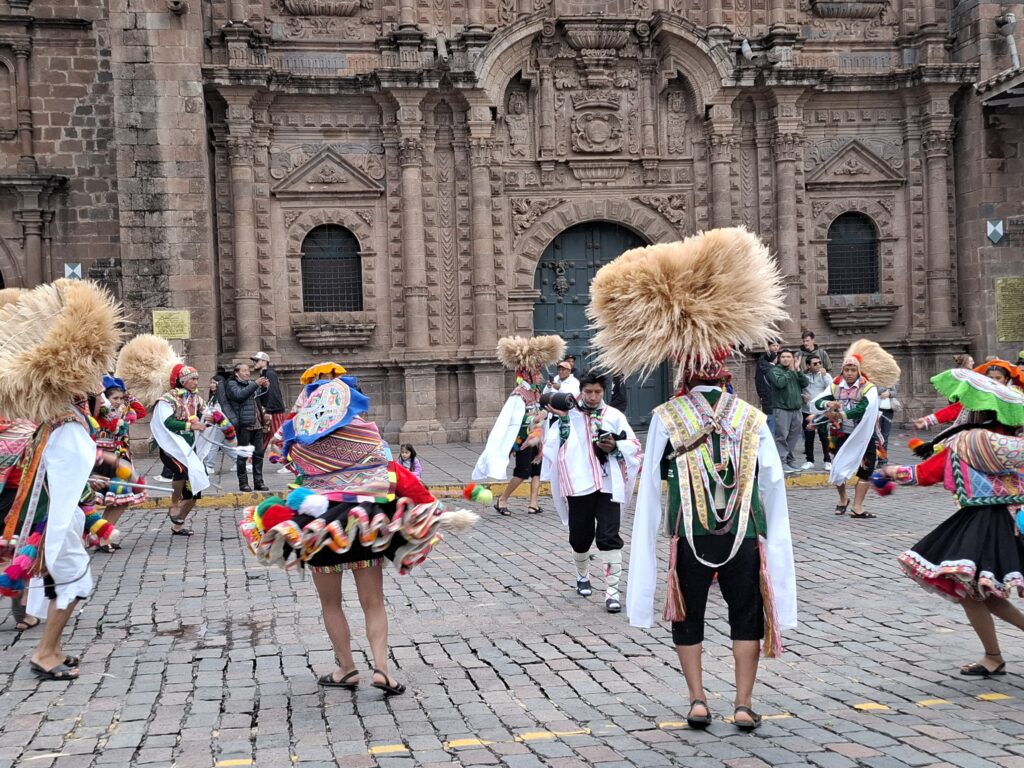

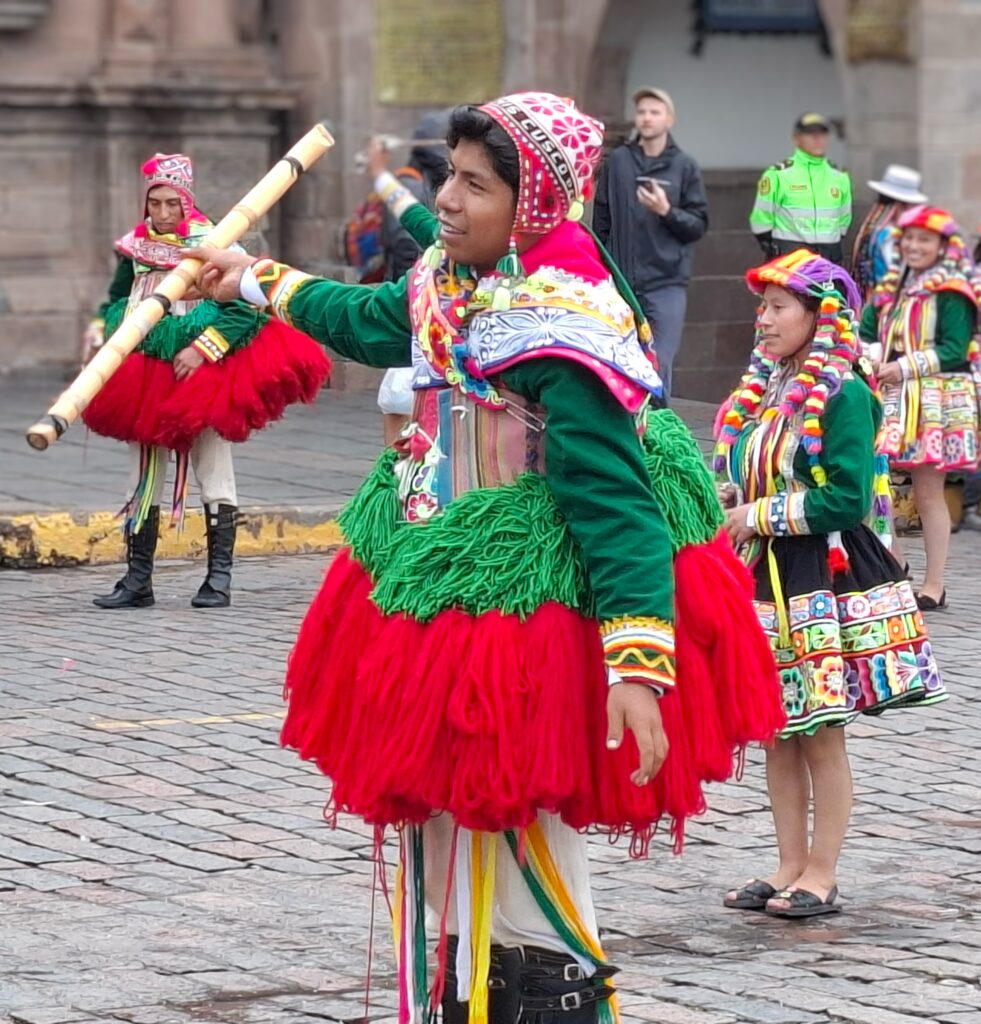
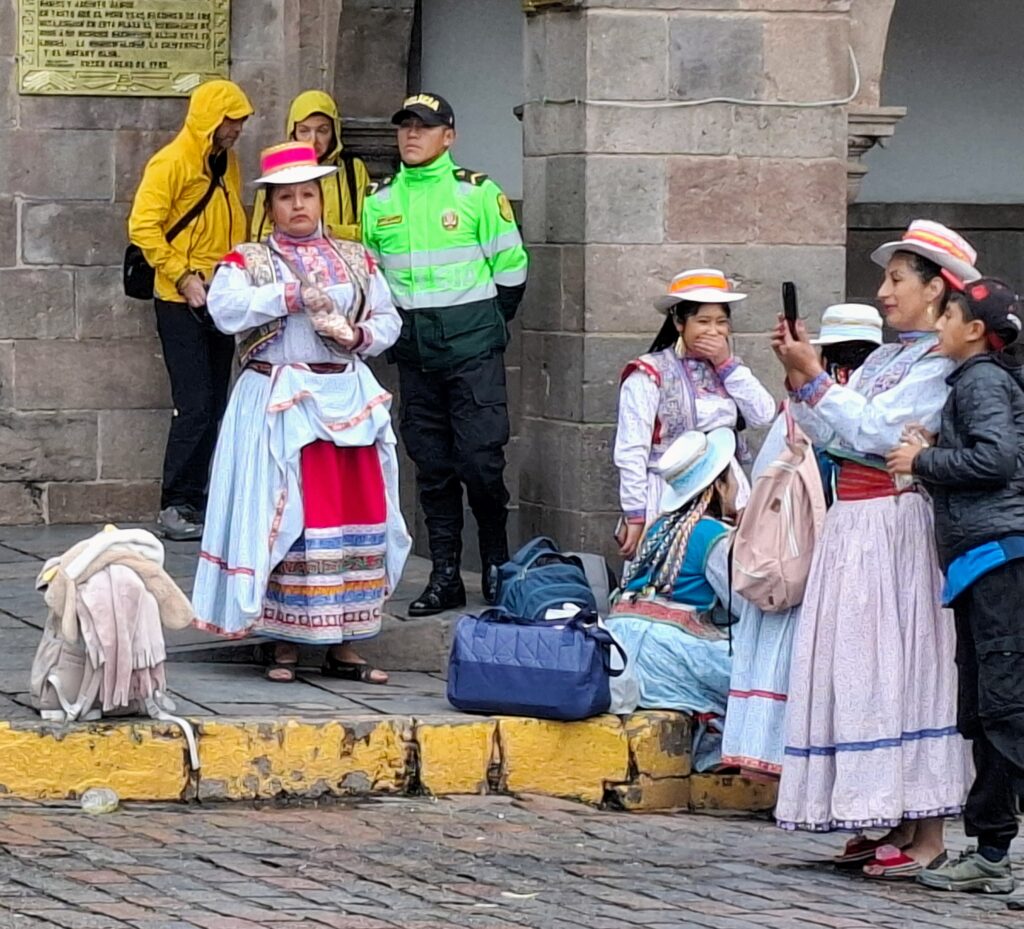
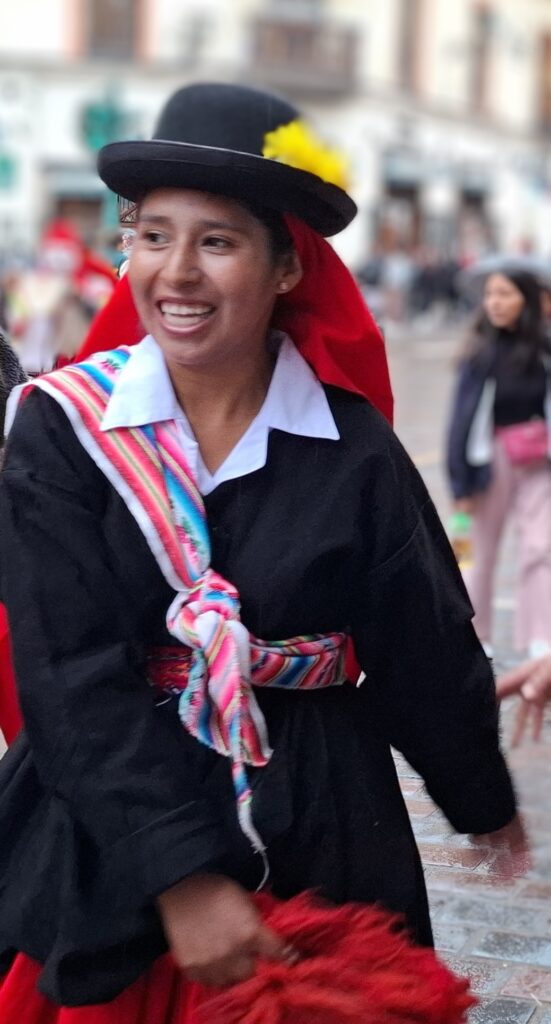
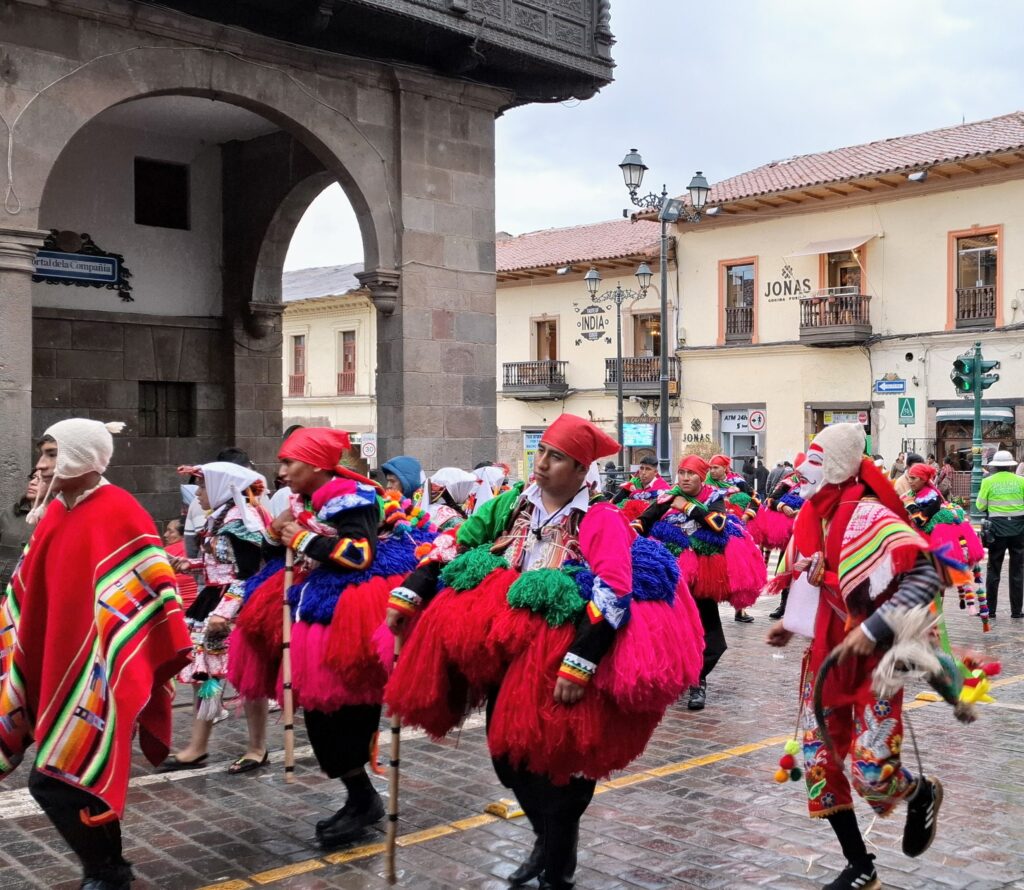
Even the Catholic religion here is interwoven with Inca culture. For example, Pachamama, the mother earth for the Incas has been linked to the Virgin Mary. Or how about the Last Supper with a delicious Guinea pig instead of bread?


By the way, did you see Jesus at the cross?
After the hike in Colca Canyon we were prepared for the two hikes in Cusco. The rainbow mountain is one of the higher hikes with an altitude over 5000 meters, higher than the Mont Blanc. And although we had some snow, it is a lot less white and consists of several different minerals giving it it’s characteristic rainbow colours.








Lack of oxygen is the biggest challenge. We prepared by chewing coca leaves with quinoa ashes (which works as a catalyst), and drink coca tea. Also Cusco is at 3300 meters, so we did acclimatise already for some days.
The final hike was the Inca trail to Machu Picchu. We did the 2 day hike ending with a view of Machu Picchu passing through the Sun Gate, as Quechua pilgrims did 500 years before. During the hike through the Andes we passed the impressive Inca ruins of Winaywayna, where they experimented with crops on terraces; a kind of agricultural laboratory.










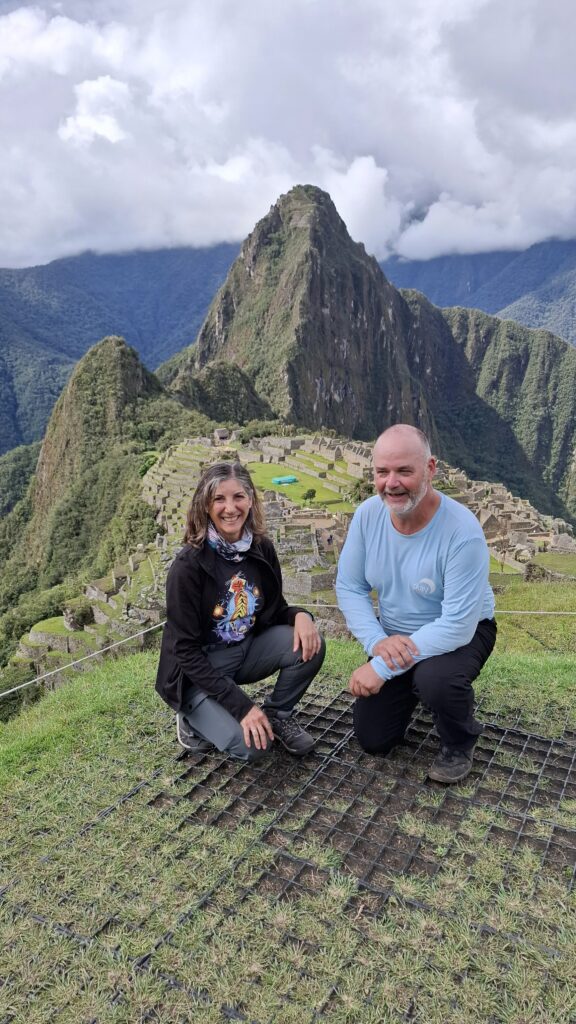
The following day we entered Machu Picchu via the ticket gate like the other 4000 day visitors. Luckily, the site is big enough so the visitors do not hinder each other. In its time, Machu Picchu was a sort of holiday residence for the reigning Inca and housed a population of about 400 people at his service. The site included the Inca palace, a school, temples and an observatory, the Incas having deep astronomy knowledge. It was also self sufficient having it’s own water supply, vegetables fields and cattle (llamas and alpacas).




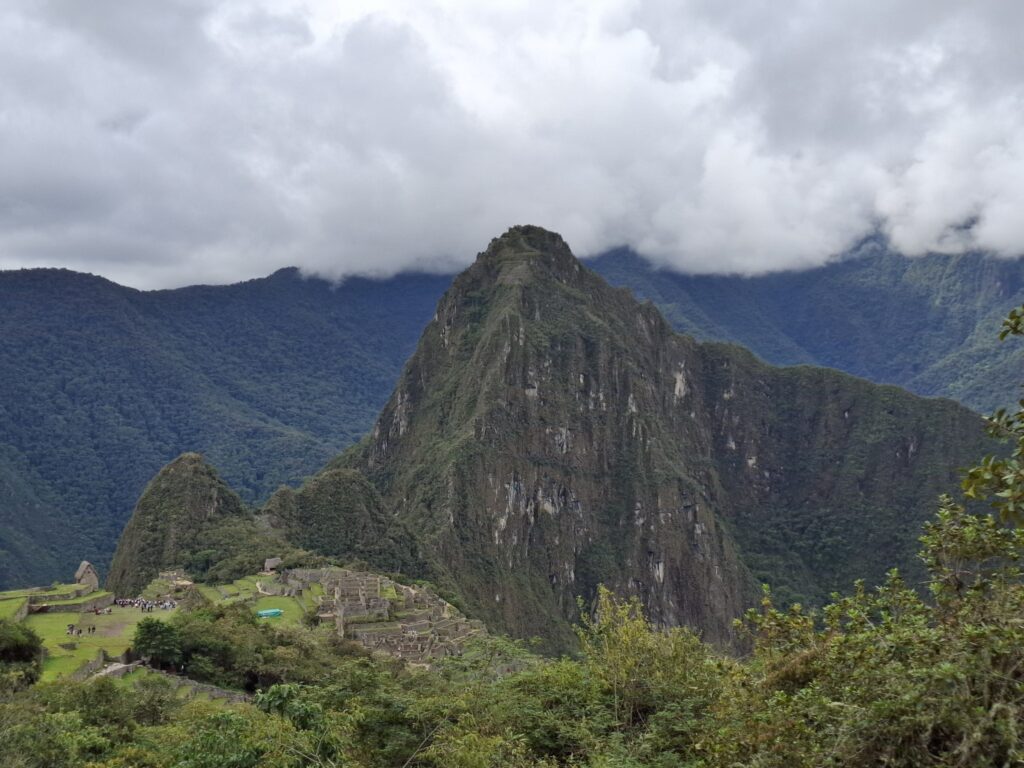
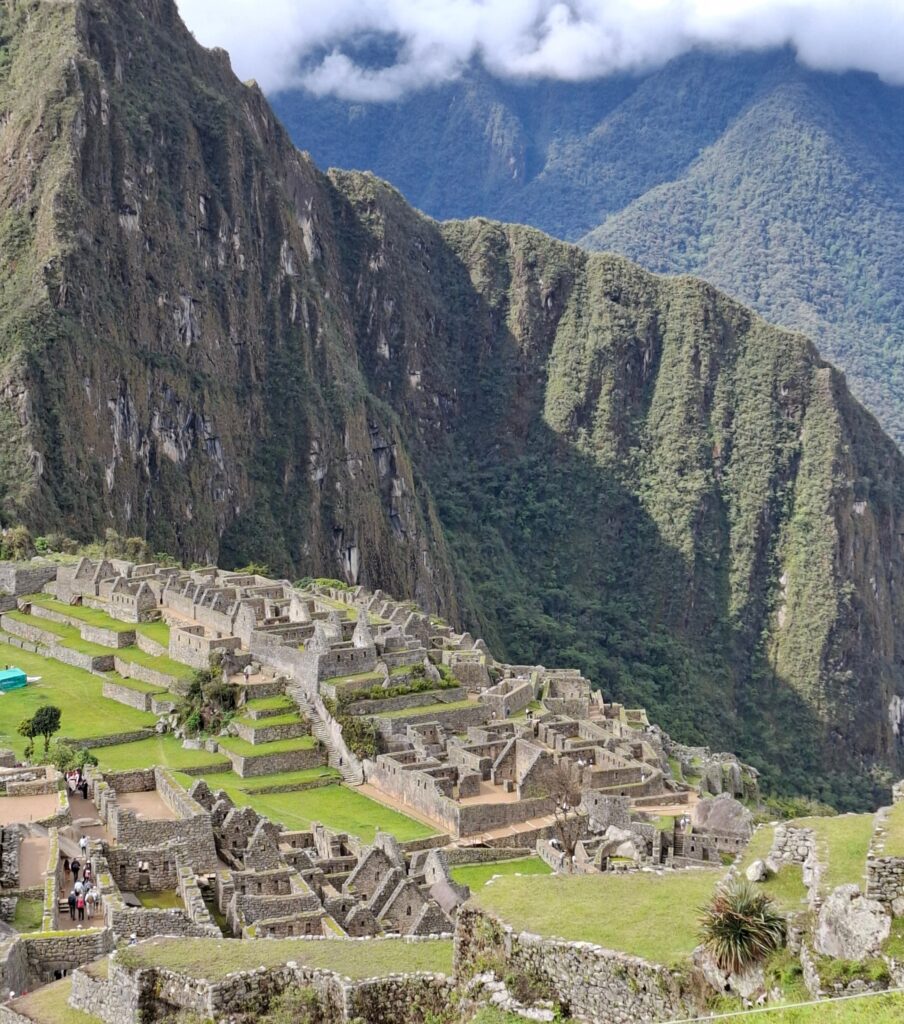
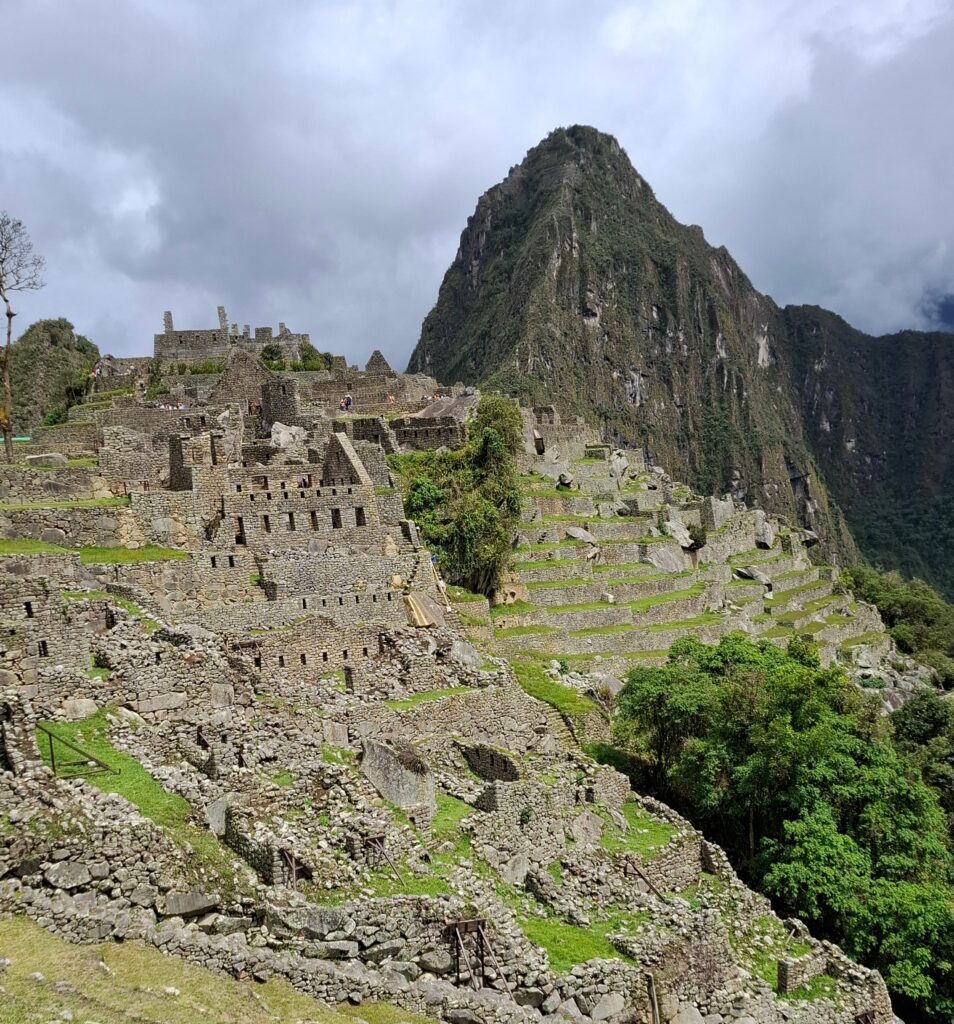
The exceptional preservation of Machu Picchu is due to the fact that it was never found by the Spanish, it’s inhabitants having abandoned it earlier for fear of the invaders. The existence of the ruins was known to some local people living in the mountains, but deserved no attention from the authorities or archaeologists, until in 1911 the American explorer Hiram Bingham “rediscovered” the site and obtained the financing to show one the marvels of the world to the rest of mankind.
A truly wonderful end of our 3 weeks in Peru. We are now going back to Sunriser with a few days stop in Cartagena, Colombia.